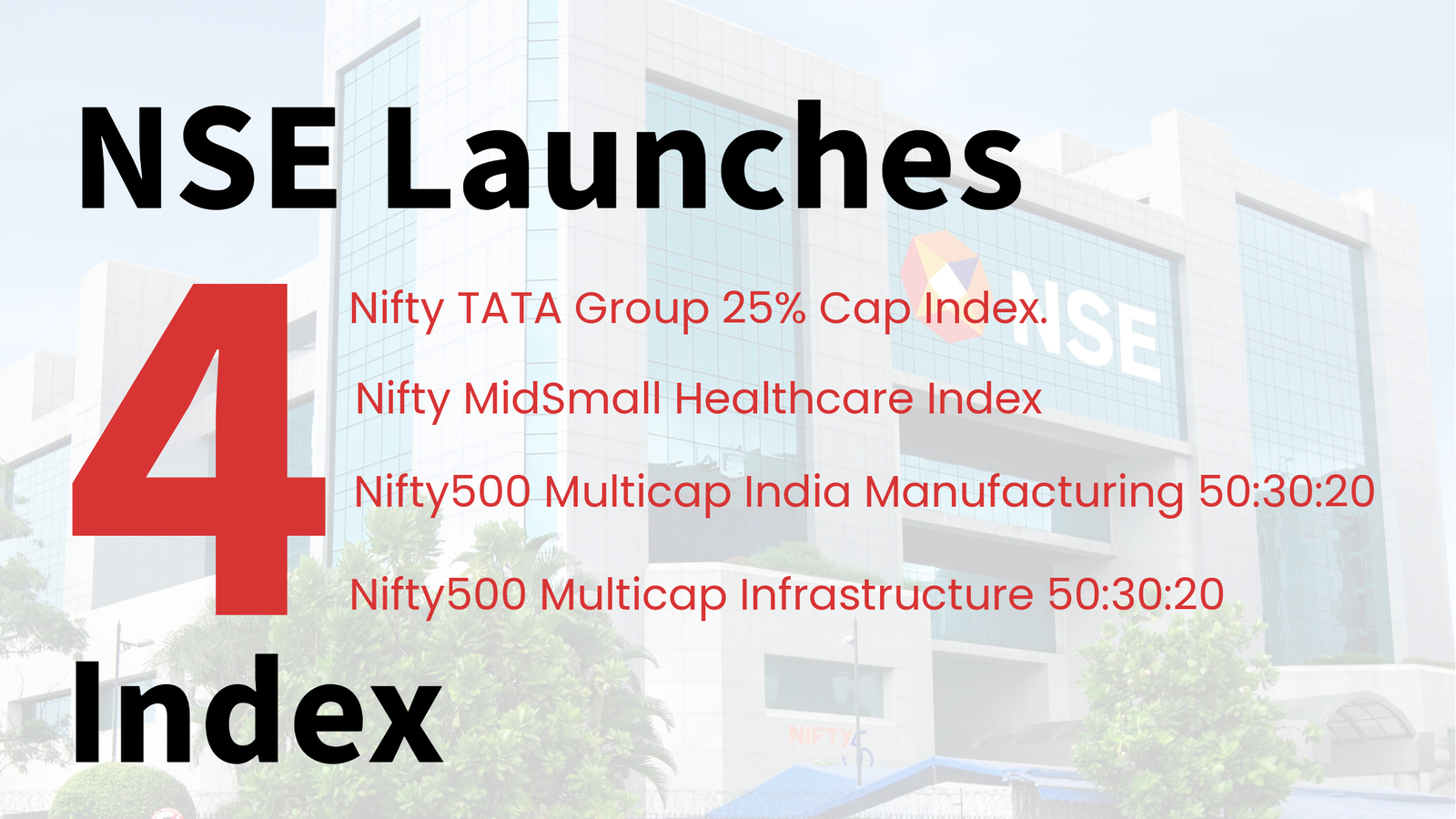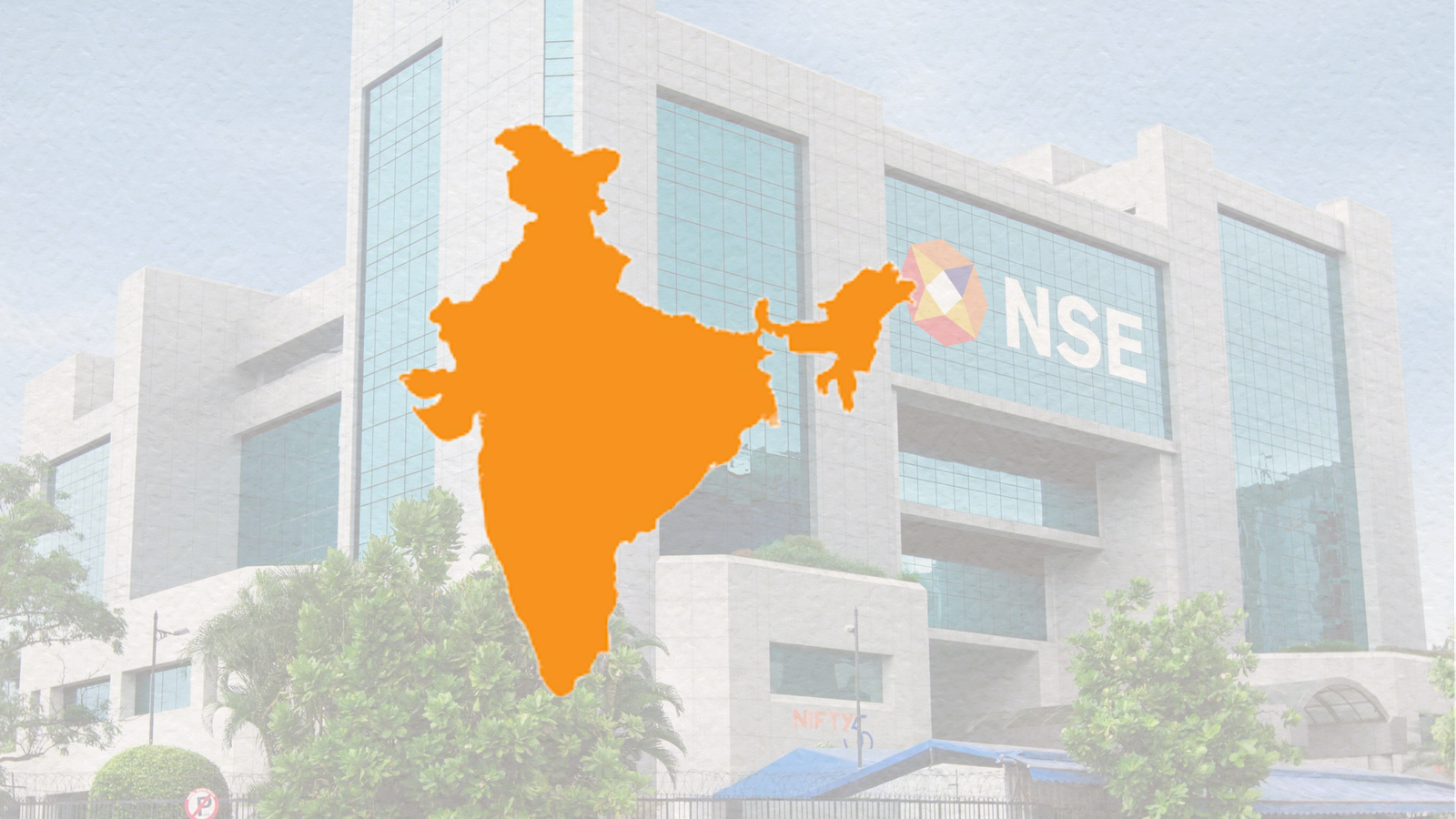Table of Contents
- States
- Union Territories
- Types of Union Territories in India
- State which converted to Union Territory
- Union Territory which converted to State
- Difference between States and Union Territories.
- Story of Goa
Before discussing Indian States and Union Territories, little about Bharat. Bharat is the seventh largest ( by area ) and the number one most populous globally. Bharat is also the largest democratic country and adopted a constitution and a Parliamentary system of government in 1950.
Bharat is a large country and its culture is highly diverse. Every region has its own culture, languages, festivals, history, dress and traditions. After lots of discussions and to protect the identity of every region, Bharat decided to create States and Union Territories on language and culture based. On 1st August 1956, The State Reorganisation Act was passed and came into effect on 1 November 1956. There were 14 states and 6 Union Territories created in 1956, today it increased to 28 and 8 respectively. To rule such a huge country smoothly Constitution distributed power between the union government and the state government.
States
As per the constitution, the state will have a separate government. Through elections, people elect a government and chief minister who rules the state. State governments have the power to create their laws and policies. The President of India appoints the governor as the executive head of state who also represents him/her. Let’s discuss the other details.
| State Name ( Capital ) | Date Of Establishment | First Chief Minister |
| Andhra Pradesh (Amaravati) | 1st November 1956 | Sri (Dr.) Neelam Sanjeeva Reddy |
| Arunachal Pradesh (Itanagar) | 20th February 1987 | Prem Khandu Thungan |
| Assam (Dispur) | 26th January 1950 | Gopinath Bordoloi |
| Bihar (Patna) | 26th January 1950 | Shri Krishna Sinha |
| Chhattisgarh (Raipur) | 1st November 2000 | Ajit Jogi |
| Goa (Panaji) | 30th May 1987 | Pratapsingh Rane |
| Gujarat (Gandhinagar) | 1st May 1960 | Jivraj Narayan Mehta |
| Haryana (Chandigarh) | 1st November 1966 | Bhagwat Dayal Sharma |
| Himachal Pradesh (Shimla) | 25th January 1971 | Yashwant Singh Parmar |
| Jharkhand (Ranchi) | 15th November 2000 | Babulal Marandi |
| Karnataka (Bangalore) | 1st November 1956 | S. Nijalingappa |
| Kerala (Thiruvananthapuram) | 1st November 1956 | E. M. S. Namboodiripad |
| Madhya Pradesh | 1st November 1956 | Ravishankar Shukla |
| Maharashtra (Mumbai) | 1st May 1960 | Yashwantrao Chavan |
| Manipur (Imphal) | 21st January 1972 | Mairembam Koireng Singh |
| Meghalaya (Shillong) | 21st January 1972 | Williamson A. Sangma |
| Mizoram (Aizawl) | 20th February 1987 | C. Chhunga |
| Nagaland (Kohima) | 1st December 1963 | P. Shilu Ao |
| Odisha (Bhubaneshwar) | 26th January 1950 | Harekrushna Mahatab / Nabakrushna Choudhuri (1st Assembly) |
| Punjab (Chandigarh) | 1st November 1966 | Gopi Chand Bhargava ( Interim ) / Bhim Sen Sachar (1st Assembly) |
| Rajasthan (Jaipur) | 30th March 1949 | Heera Lal Shastri |
| Sikkim (Gangtok) | 16th May 1975 | Kazi Lhendup Dorjee |
| Tamil Nadu (Chennai) | 1st November 1956 | C. N. Annadurai / P. S. Kumaraswamy Raja ( Madras State) / A. Subbarayalu Reddiar ( Madras Presidency) |
| Telangana (Hyderabad) | 2nd Jun 2014 | K. Chandrashekar Rao |
| Tripura (Agartala) | 21st January 1972 | Sachindra Lal Singh |
| Uttarakhand (Dehradun) | 9th November 2000 | Nityanand Swami |
| Uttar Pradesh (Lucknow) | 24th January 1950 | Govind Ballabh Pant |
| West Bengal (Kolkata) | 15th August 1947 | Bidhan Chandra Roy |
Union Territories
Why do Union Territories exist in India? The government understands some regions have less population and land size as compared to State ( except Delhi ). They are also financially or politically unstable and different ( traditionally and culturally ) from surrounding states, so can not be merged with them.
Such regions could not survive on their own. To take care of such regions, the central govt. decided to administrate them. As per Article 239, the President Of India is Chief Administrator and appoints his/her representative as an administrator or Lieutenant Governor to rule the regions.
| UT Name ( Capital ) | Date Of Establishment | First Lieutenant Governor |
| Andaman and Nicobar Islands (Port Blair) | 1st November 1956 | M L Kampani (LG) |
| Chandigarh (Chandigarh) | 1st November 1956 | Mohinder Singh Randhawa (Chief Commissioner)/ Bhairab Dutt Pandey (Administrator) |
| Dadra and Nagar Haveli and Daman and Diu (Daman) | 26th January 2020 | Praful Khoda Patel (Administrator) |
| The Government of NCT of Delhi (Delhi) | 1st November 1956 | Shankar Prasada (Chief Commissioner) / Aditya Nath Jha, ICS (LG) |
| Jammu & Kashmir (Jammu (Winter), Srinagar ( Summer )) | 31st October 2019 | Girish Chandra Murmu (LG) |
| Ladakh (Leh) | 31st October 2019 | R. K. Mathur, IAS (Retd.) (LG) |
| Lakshadweep (Kavaratti) | 1st November 1956 | U. R. Panicker (Administrator) |
| Puducherry (Puducherry) | 1st November 1954 | Kewal Singh (Chief Commissioner) / S.L. Silam(LG) |
Types of Union Territories in India
Two types exist in Bharat. Union Territory with and without Legislature. Union Territory without Legislature do not need representatives in Rajya Sabha ( Upper House ), and all decisions are taken by Governor. Delhi, Jammu and Kashmir and Puducherry have their legislature and their representatives in Rajya Sabha. They have their own Assembly, Chief Minister and elected representative ( MLA ) but do not have an “Upper House” or “Vidhan Parishad”. The final decision rests with Lieutenant Governor.
Union Territories with Legislature
- The Government of NCT of Delhi
- Jammu and Kashmir
- Puducherry
Union Territories without Legislature
- Andaman and Nicobar Island
- Chandigarh
- Dadra and Nagar Haveli and Daman and Diu
- Ladakh
- Lakshadweep
State which converted to Union Territory
All of you may know about recent developments in Jammu Kashmir. On 6th November 2019, the government of India removed Article 370 and cancelled the special status of Jammu & Kashmir. The central government also changed it from statehood to Union Territory. Jammu and Kashmir is not the first state whose lost statehood. Delhi used to be a full state. Under States Reorganization Act 1956 on 1st November 1956, Delhi State converted into Union Territory. The first state election of Delhi was held on 27 March 1952. The next elections were held in 1993 when the sixty-ninth amendment gave Delhi partial statehood.
Union Territory which converted to State
| Name | Time Period |
| Nagaland | 29th Nov 1957 – 1st Dec 1963 ( 6 Years) |
| Himachal Pradesh | 1st Nov 1956 – 25th Jan 1971 ( 14 Years 2 Months) |
| Manipur | 1st Nov 1956 – 21st Jan 1972 ( 15 Years 2 Months) |
| Tripura | 1st Nov 1956 – 21st Jan 1972 ( 15 Years 2 Months) |
| Arunachal Pradesh | 21st Jan 1972 – 20th Feb 1987 ( 15 Years ) |
| Mizoram | 21st Jan 1972 – 20th Feb 1987 ( 15 Years ) |
| Goa | 19th Dec 1961 – 30th May 1987 ( 25 Years 5 Months) |
Difference between States and Union Territories.
| State | Union Territory |
| It has a large area | It has a small area. |
| The state has its Legislative Assembly for Administration. | It may or may not have Legislative Assembly. |
| It is administered by a Chief Minster who is elected through an election. | It is administrator by a Lieutenant Governor ( except Delhi, Puducherry and Jammu & Kashmir ) |
| The Governor is the executive head of the state. | The President is the executive head of the Union Territory. |
| Chief Minister is a real head. | Lieutenant Governor is read head. |
| States have more power and they can create their own laws and policies | They have limited power, every law must be approved by President. |
Story of Goa
The story of Goa is a very interesting journey from Union Territory to State. Goa is the smallest state in India, its total area is 3700 km and its Population (2011) is 1,458,545. On 19th December 1961 Goa became part of Bharat. Goa declared Union Territory but some political parties like Maharastrawadi Gomantak Party (MGP) want to be part of the newly formed and neighbouring state Maharastra. United Goans Party (UGP) is another party that was against to merger and want independent statehood.
Then Prime Minister Jawahar Lal Nehru promised Goa would remain UT for the next ten years but MGP was not ready to wait for 10 years and opposed Nehru. After lots of political fighting, three different Prime ministers and a series of public speeches to build up a narrative finally decided to carry out a public referendum (Opinion poll) on the merger dispute. It was only a public referendum in the independent Bharat. Poll was held on 16 January 1967, people chose to remain in Union Territory. They continued demand for statehood and finally, a resolution was passed in Goa Assembly and Goa became a full state on 30 May 1987.
If you want to know, How many state categories existed in Bharat? What are British Provinces and Princely States? and much other information You must also read List of the Indian States and Union Territories in 1947-1956


